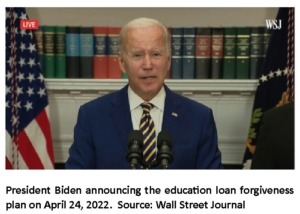Subscribe to Our Weekly Insights
Braintree, MA
45 Braintree Hill Office Park Suite 201
Braintree, MA 02184
(781) 971-5052
Wakefield, MA
701 Edgewater Drive
Suite 140
Wakefield, MA 01880
(781) 587-3478
Park Ridge, NJ
1 Maynard Drive
Suite 2101
Park Ridge, NJ 07656
(551) 277-2686
Newport, RI
51 Long Wharf Mall
Newport, RI 02840
(401) 847-0505
Check the background of your financial professional on FINRA’s BrokerCheck.
The content is developed from sources believed to be providing accurate information. The information in this material is not intended as tax or legal advice. Please consult legal or tax professionals for specific information regarding your individual situation. Opinions expressed and material provided are for general information, and should not be considered a solicitation for the purchase or sale of any security.
Pallas Capital ADVISORS is a registered investment advisor. Advisory services are only offered to clients or prospective clients where Pallas Capital Advisors and its representatives are properly licensed or exempt from licensure. This website is solely for information purposes. Past performance is no guarantee of future returns. Investing involves risk and possible loss of principal capital. No advice may be rendered by Pallas Capital Advisors unless a client service agreement is in place.
Advisory services are only offered to clients or prospective clients where Pallas Capital Advisors and its representatives are properly licensed or exempt from licensure. This website is solely for informational purposes. Past performance is no guarantee of future returns. Investing involves risk and possible loss of principal capital. No advice may be rendered by Pallas Capital Advisors unless a client service agreement is in place.
The content is developed from sources believed to be providing accurate information. The information in this material is not intended as tax or legal advice. Please consult legal or tax professionals for specific information regarding your individual situation. The opinions expressed and material provided are for general information, and should not be considered a solicitation for the purchase or sale of any security.
We take protecting your data and privacy very seriously. As of January 1, 2020 the California Consumer Privacy Act (CCPA) suggests the following link as an extra measure to safeguard your data: Do not sell my personal information.


 Like thousands of parents across the country, my wife and I are just returned from a whirlwind trip down to South Carolina, where we said a (temporary) goodbye to a couple of our children – one who is now a college freshman. With a large family, we’ve done this several times now, and I always come back thinking that I don’t remember college being that exhausting. Perhaps that’s because it was nearly 30 years ago when I first stepped foot onto campus myself. College is an exciting time for students and parents alike, as each may be entering a new phase of life – full of questions, and maybe even a little bit of worry about what lies ahead, but also full of potential. Of course, one of the less-than-exciting aspects of college is funding this wonderful 4-year experience.
Like thousands of parents across the country, my wife and I are just returned from a whirlwind trip down to South Carolina, where we said a (temporary) goodbye to a couple of our children – one who is now a college freshman. With a large family, we’ve done this several times now, and I always come back thinking that I don’t remember college being that exhausting. Perhaps that’s because it was nearly 30 years ago when I first stepped foot onto campus myself. College is an exciting time for students and parents alike, as each may be entering a new phase of life – full of questions, and maybe even a little bit of worry about what lies ahead, but also full of potential. Of course, one of the less-than-exciting aspects of college is funding this wonderful 4-year experience.